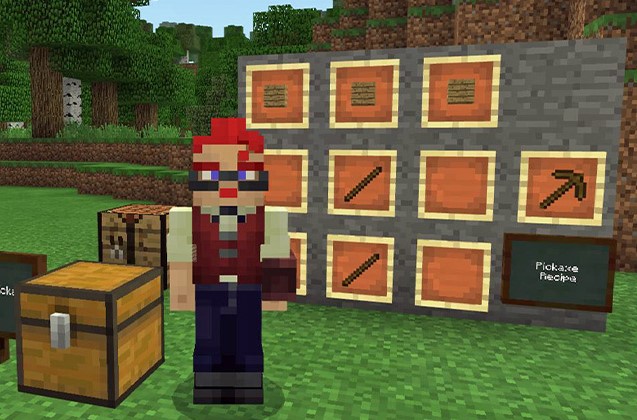
Minecraft isn’t just a game—it’s also a powerful educational tool that can inspire creativity, collaboration, and critical thinking skills in players of all ages. From history and geography to mathematics and coding, there are countless ways to incorporate Minecraft into educational settings and enhance learning experiences. Whether you’re a teacher looking for new ways to engage your students or a gamer interested in expanding your knowledge through gameplay, exploring the educational potential of Minecraft can open up a world of possibilities.
Minecraft Servers for Educational Setting
Minecraft servers play a crucial role in educational simulations by providing a collaborative and immersive platform for learning. In educational settings, Minecraft servers offer students the opportunity to engage in hands-on, interactive experiences that extend beyond traditional classroom boundaries.
By creating and exploring virtual worlds together, students can develop essential skills such as critical thinking, problem-solving, and teamwork while gaining a deeper understanding of complex concepts in subjects like history, science, and mathematics.
Moreover, Minecraft servers allow educators to customize and tailor learning experiences to meet the unique needs and interests of their students, fostering a dynamic and engaging learning environment that sparks curiosity and encourages exploration.
Overall, the need for Minecraft servers in education simulations stems from their ability to facilitate active learning, promote collaboration, and empower students to become active participants in their education.
Minecraft for Educational Uses
Minecraft’s versatility extends beyond gaming, making it a powerful tool for educational purposes. With its immersive world-building capabilities and endless creative potential, Minecraft offers educators a unique platform to engage students in interactive learning experiences across various subjects.
From history and mathematics to science and language arts, Minecraft provides a dynamic environment where students can explore, collaborate, and problem-solve in a hands-on way.
History and Geography
One of the most popular educational uses of Minecraft is recreating historical events and landmarks. Teachers and students can work together to build historically accurate structures, explore ancient civilizations, and even reenact key moments from history. By immersing themselves in these virtual worlds, students can gain a deeper understanding of historical events and their impact on society.
Mathematics and Logic
Minecraft’s block-based building mechanics provide an excellent platform for teaching mathematics and logical reasoning. From counting and geometry to problem-solving and spatial reasoning, players can learn a wide range of mathematical concepts while constructing buildings, designing redstone contraptions, and solving puzzles within the game world. By integrating math into gameplay, educators can make learning fun and engaging for students of all ages.
Science and Engineering
Minecraft’s sandbox environment encourages experimentation and exploration, making it an ideal tool for teaching science and engineering concepts. Whether it’s experimenting with different materials and their properties, studying ecosystems and environmental science, or building complex machines and structures, Minecraft offers endless opportunities for hands-on learning and discovery. By combining gameplay with real-world science concepts, educators can inspire curiosity and foster a passion for STEM subjects in their students.
Language Arts and Communication
In addition to its gameplay mechanics, Minecraft also offers opportunities for developing language arts and communication skills. Through collaborative building projects, storytelling, and role-playing, players can improve their writing, speaking, and teamwork abilities while interacting with others in the game world. By creating and sharing their narratives and experiences, students can enhance their creativity and expression in a supportive and immersive environment.
READ ALSO: Things That Video Games Can Teach Us
Conclusion
Minecraft’s versatility as an educational tool makes it a valuable resource for teachers, students, and lifelong learners alike. By harnessing the power of gameplay and creativity, educators can inspire curiosity, foster collaboration, and ignite a passion for learning in their students. Whether used as a supplement to traditional classroom instruction or as a standalone educational platform, Minecraft has the potential to revolutionize the way we teach and learn across a wide range of subjects.
